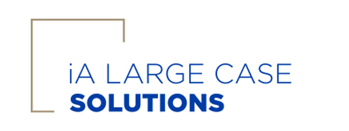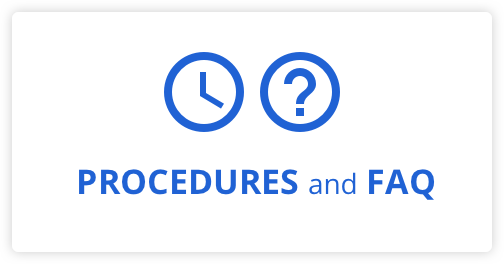Did you know that 40.5% of the $10.6 billion in charitable giving in Canada in 2020 was made by donors in the $150,000+ income bracket? However, they represent only about one in 10 donors.[1]
Why address charitable giving?
Individuals and business owners are increasingly considering charitable giving because of the benefits it provides, both personal (satisfaction, giving to a charity) and financial (receiving attractive tax credits).
When is the best time to discuss charitable giving?
Your clients will be particularly willing to discuss it when they are making important business, personal and financial decisions such as:
- Estate planning
- Drafting or revising a will
- Selling a business or other asset of significant value
- Retirement planning
- Unexpected payment of a large amount of money (e.g. inheritance, merger or acquisition)
- Illness, death of a spouse, child or parent
It is usually these pivotal events that cause people to take an interest in financial planning or to review their financial planning arrangements.
Planned giving using life insurance: a beneficial financial strategy for your clients or their business
A planned giving is a donation whereby the individual makes a commitment regarding a bequest that will be made later. It enables the donor to make a significant donation through a modest annual contribution. The principle behind planned giving using life insurance is to purchase life insurance for a charitable organization or other beneficiary.
There are two ways to donate through a life insurance policy:
- By beneficiary designation (in a will or in the policy)
- By assignment of a new or existing policy
Which life insurance products can be offered?
It is possible to take out a traditional, universal or participating insurance policy, such as AXIS, GENESIS, EquiBuild or iA PAR (Estate or Wealth).
Here are some of the benefits of planned giving:
- It maximizes personal or corporate tax credits with both the federal and provincial governments (on the federal level, a corporation can deduct from its taxable income up to 75% the value of donations made to a registered charity during the year)
- The death benefit paid by the donor is tax-free, which creates a multiplier effect on the amount of the donation (allows the donor to make a significant donation for a modest annual contribution)
- It offers the possibility of choosing various options suited to the donor’s financial situation
- It does not affect any already acquired estate (family property) that the donor wishes to bequeath to loved ones
- And much more.
For more information on planned giving, see the following documents:
For your clients: F13-665A | Planned giving - client brochure
(PDF or paper[1])
For you: F13-665A-4 | Planned giving guide
(PDF only)
Beyond philanthropy also lies tax optimization!
A charitable donation can have significant tax advantages, both in the year of the donation and upon estate settlement. The tax treatment of planned giving is of direct benefit to both the donor and the qualified donee. See Section 6 - Tax treatment for planned donations in the Advisor's Guide to learn more about the tax treatment of donations and the current tax credit rates.

Go to the website
You can also contact our team of experts from the iA Large Case Solutions program, who will provide you with customized, simple, high-performance solutions that enable advisors to meet the specific needs of affluent clients, professionals and business owners.
Overcoming the reluctance to talk to your clients
Advisors are sometimes reluctant to discuss planned giving with their clients because they feel they are asking them to make a charitable donation. Some prefer to wait for clients to raise the issue themselves. To put an end to this dilemma, know that planned giving can be one of the cornerstones of comprehensive tax planning.
By helping clients realize their philanthropic vision and by being proactive, you will be doing what you do best: finding creative solutions to help them achieve their personal and financial goals.
[1] Source: Statistics Canada. Data includes only amounts paid to charities and registered organizations that have provided an official receipt that was deducted on line 340 of the tax return.
[2] To order hard copies, use form F80-11A.

